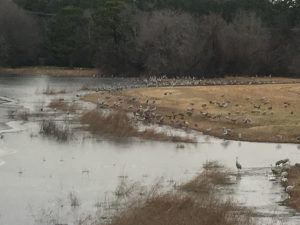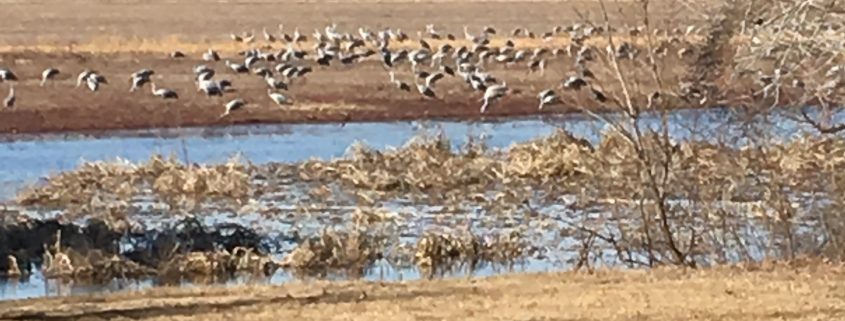Wheeler National Wildlife Refuge
Consider this essay in measures of Nature-derived inspiration. View this GBH Blog Post as one of exquisite timing. This year marks the centennial of the 1918 Migratory Bird Treaty Act, which protects more than 1,025 species. The January 2018 National Geographic features Why Birds Matter. Lead article author Jonathan Franzen begins, “It’s not just what they do for the environment–it’s what they do for our souls.” He adds, “In 2018 we’ll explore the wonder of birds, and why we really can’t live without them.” These sentiments parallel my own, yet mine extend beyond our avian neighbors and friends to Nature and life on Earth, as well as the beauty and splendor of Earth itself.
My Recent Migratory Journey
December 22 and 23, I migrated south from my Fairmont State University Interim Presidency (https://www.fairmontstate.edu/), thus sharing something in common with the 20,000 or so sand hill cranes wintering at Wheeler National Wildlife Refuge. We visited Christmas week with grandsons Jack and Sam, our daughter Katy’s sons:
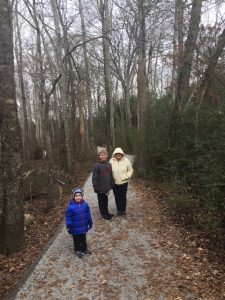
The waterfowl had logged a few more miles than I. My road distance amounted to ~640 road miles from Fairmont, WV to Madison, AL; 450-500 air miles, I suppose. The cranes migrated well over 2,000 direct miles from the Canadian Arctic! And it was vocation, and not winter food supply and more tolerable weather, that spurred my travels. Theirs was a life or death journey. Mine a return-to-semi-retirement-sojourn. Neither theirs nor mine distilled to liking one place better than the other. The cranes would have frozen had they not left the bitter, unforgiving high latitude winter. Judy and I chose to reside in the Tennessee Valley post-permanent-employment. Our daughter and her two sons are here. We know the state and region well, having resided in Alabama (near Montgomery and in Auburn) twice before. We feel great comfort and satisfaction here on the shores of Big Blue Lake. I doubt the cranes know comfort and satisfaction; more likely, it is survival they seek, and to store consumed-energy sufficient to head north once again by mid- to late-February.
After a full-year in-place (July 2016 through June 2017), I couldn’t resist the six-month opportunity to serve Fairmont State University (https://www.fairmontstate.edu/) as Interim President. I relished the half-year of deep professional satisfaction, reward, and fulfillment. Like the cranes, I brought echoes of my season-away back to northern Alabama. In fact, I carry the echoes and reverberations from 66 prior annual seasons. I suppose the cranes, who have the navigational agility to re-discover a favorite Tennessee River sandbar from thousands of miles away, carry the echo of countless generations past that have made the same journey. I saw Wheeler this time with fresher eyes, and renewed perspective. I felt intense gratitude for my safe return and delight in my re-ignited inspiration at once again seeing these magnificent creatures (the cranes, and the grandsons!). The boys, too, are on a journey… one that will extend far beyond the few more crane cycles I will observe and enjoy. May the Nature seed we’re planting echo within them for decades to come.
Nature’s Lesson
What is Nature’s lesson that I draw from yet again experiencing the cranes at Wheeler? I suppose its facets are several. A sharp reminder that life (as well as vocation) is a journey — across miles and time. A journey of cycles and circuits and switchbacks… and way stations and highs and lows. Another element of the lesson is that life unfolds, surges, slows, and follows signals, breezes, and gales we seldom anticipate and sometimes do not detect. Once again, Nature instructs that unless we look for magic, beauty, awe, and wonder we will never see nor recognize it. And unless we see it deeply, we will never feel Nature’s Power and Wisdom. And unless we feel it, we risk missing the journey altogether, wandering rudderless and blindly from one day to another. Had I sought another out-of-state longer-term presidency, who knows what I might have foregone:
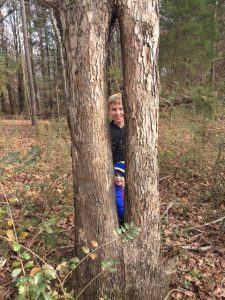
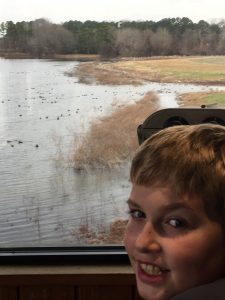
And, one need not be living at distance to miss the annual show. Sadly, how many people living in this Huntsville Metropolitan Statistical Area have no idea that tens of thousands of feathered migrants settle seasonally just a few miles down the Tennessee River? I embrace and savor Nature and life. I write these words Saturday afternoon, January 6. It’s been well below freezing for more than a week. Tomorrow when we plan a return to Wheeler (watch for another post), I anticipate ice covering most of the slack-water. How will that change the Refuge and the birds? I’ll be sure to let you know.
The cranes stir deep emotion for me. I remain eternally grateful for those who established the National Wildlife Refuge System. By an Executive Order of March 14, 1903, President Theodore Roosevelt established Pelican Island National Wildlife Refuge in Florida, the nation’s first. Dare to imagine the stark reality of North America had we failed to preserve these continent-wide corridors and stop-overs. What price does the US pay to manage and preserve these national treasures? What unfathomable costs would we bear without them? How can we place value on a dram of Inspiration; a cubit of Knowledge; an ounce of Wisdom; a milliliter of Hope; a thimble of Faith?!
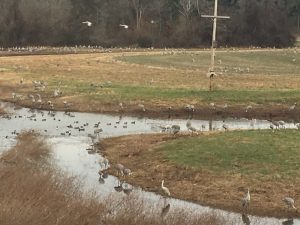
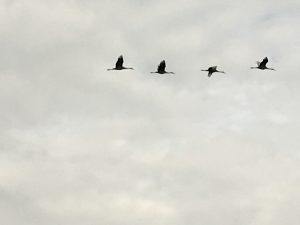
Emily Dickinson viewed birds as literal and symbolic hope (“Hope” is the Thing with Feathers):
Author Christopher Cokinos borrowed his book title from Dickinson’s 1862 metaphorical poem to tell the sobering tale of six now extinct bird species in Hope Is the Thing with Feathers: A Personal Chronicle of Vanished Birds. My hope is that we learn before it is too late. Wheeler is a symbol of what difference we can make when we look, see, feel, and act.
I want to tell the Land Legacy Story for Wheeler’s 35,000 acres. An ambitious project, yes. A tale worthy of passing along to future generations? Absolutely! I am attempting to make inroads, and now that I am back in northern Alabama, I will see what I can do.
Franzen closes his article with words matching the depth of Dickinson’s poetry, “The radical otherness of birds is integral to their beauty and their value… their indifference to us ought to serve as a chastening reminder that we’re not the measure of all things. The stories we tell about the past and imagine for the future are mental constructions that birds can do without.”
Great Blue Heron accepts and champions that we humans are certainly not “the measure of all things.” I’ve held for years that our guiding tenets for living, learning, serving, and leading should include Nature’s wisdom, power, and force in evoking: Gratitude; Inspiration; and Humility. Unforgivable and unconscionable arrogance describes those who are unwilling to see our true place in Nature’s World. We are a mere frame in the cosmic eternity. A cog in the wheel of time.
Great Blue Heron, via writing, speaking, and chronicling Forest- and Wild-land Legacy Stories, urges recognition and respect for our place in the web of life and living.
Visit Amazon to purchase one or both of my books — they might just inspire all that lies ahead for you in this world rich with Nature’s beauty, magic, wonder, and awe!
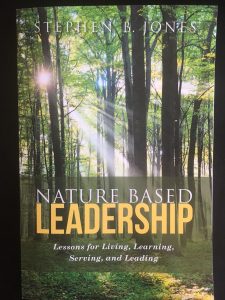
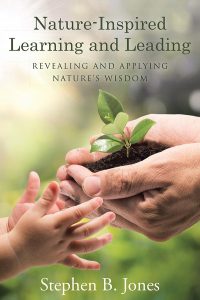
Post-Script: we ventured to Wheeler Sunday January 7. Sure enough, slack-water fully ice-covered. I can’t wait to share my observations and reflections with you! Here’s a teaser photo:
